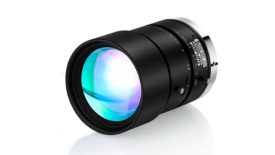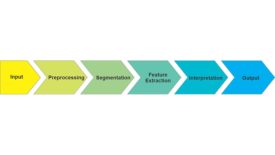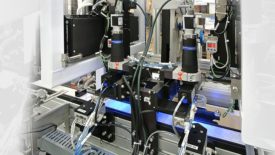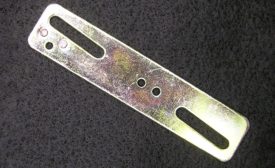Articles by Perry C. West
Vision & Sensors | Lighting
Selecting a light source from a vast range of types, sizes, and colors is challenging even for the most experienced machine vision practitioner.
Read More
Vision & Sensors | Measurement
Tips on Making Precision Measurements with Machine Vision – Part 3
Here we’ll look at characteristics and components of the vision system that can limit the achievable accuracy.
October 22, 2024
Vision & Sensors | Measurement
Tips on Making Precision Measurements with Machine Vision – Part 2
Here we’ll examine challenges that the measurement environment imposes on machine vision and give approaches to mitigate the effects and retain much of the high-accuracy capability.
October 16, 2024
Vision & Sensors | Measurement
Tips on Making Precision Measurements with Machine Vision – Part 1
The techniques allowing high-precision measurements are well understood and based on solid principles. Calibration is critical to accurate measurements.
October 15, 2024
Vision & Sensors | Trends
What Drives the Trends in Machine Vision
Machine vision continues to grow somewhat faster than the GDP.
December 1, 2023
Vision & Sensors | Machine Vision 101
Image Processing for Machine Vision – How Did We Get Here?
Machine Learning (ML) has been part of machine vision image processing almost from the beginning.
May 4, 2023
Test & Inspection
The Shrinking Pixel
What motivates smaller pixels? It's mainly cost, which is directly tied to image sensor size.
February 15, 2022
Vision & Sensors
Vision & Sensors 101: Machine Vision System Integration
Success with vision system integration requires starting right.
January 1, 2022
VISION & SENSORS - MACHINE VISION 101
Engineered Lighting: Part 2 of 3
Learn how to choose a light source to take advantage of the characteristics that create contrast.
March 9, 2021
Stay in the know with Quality’s comprehensive coverage of
the manufacturing and metrology industries.
eNewsletter | Website | eMagazine
JOIN TODAY!Copyright ©2025. All Rights Reserved BNP Media.
Design, CMS, Hosting & Web Development :: ePublishing








